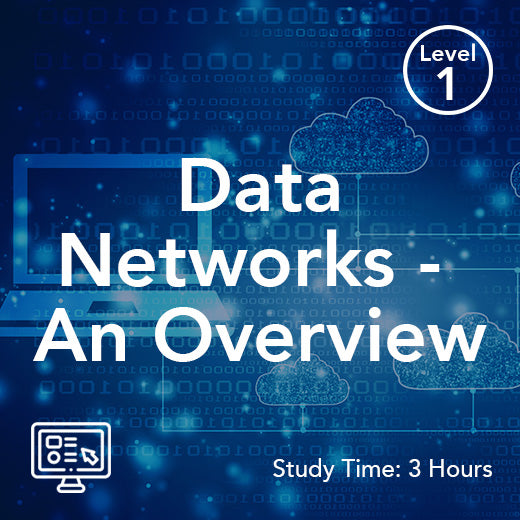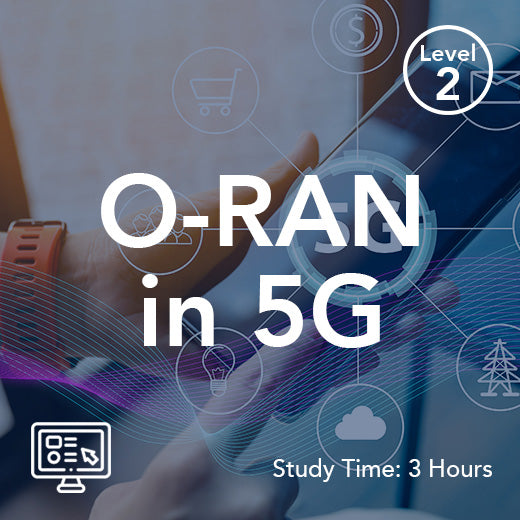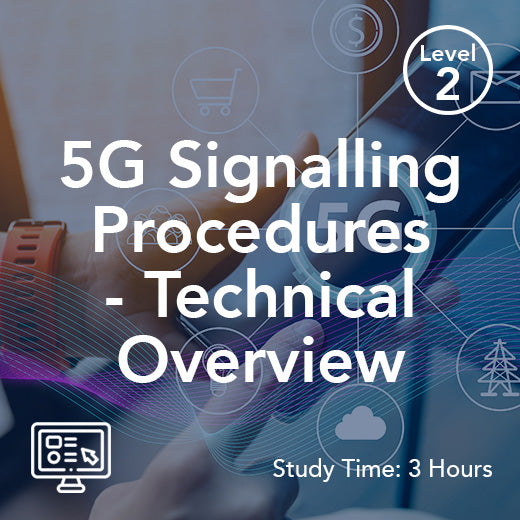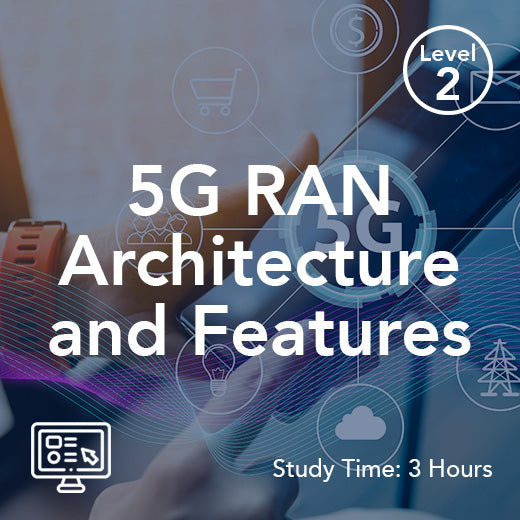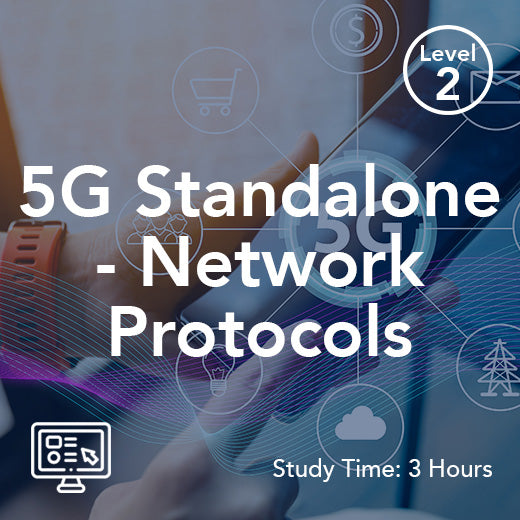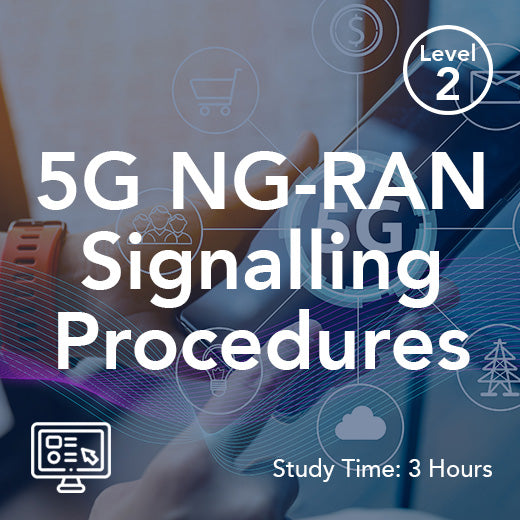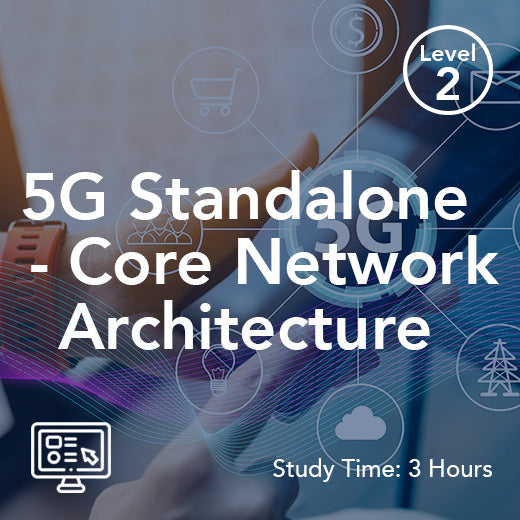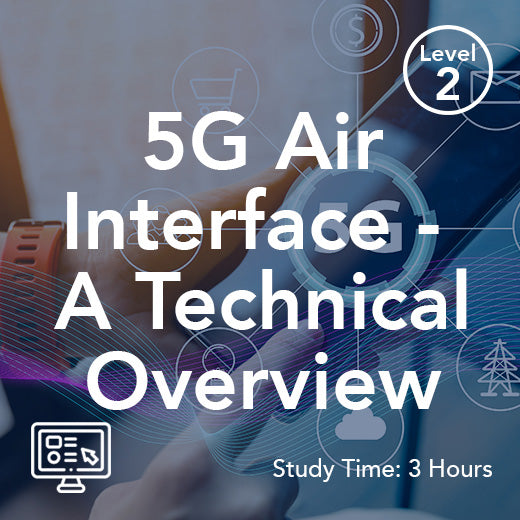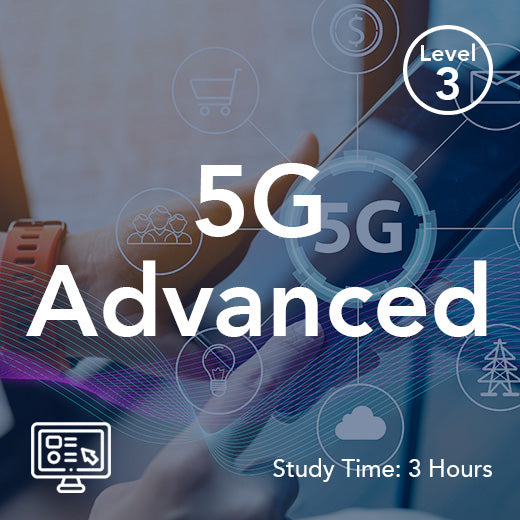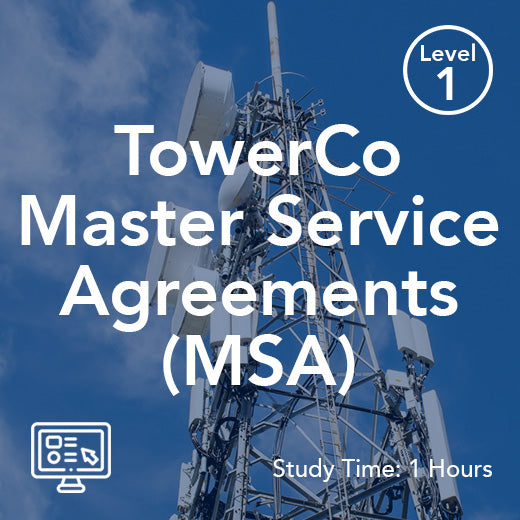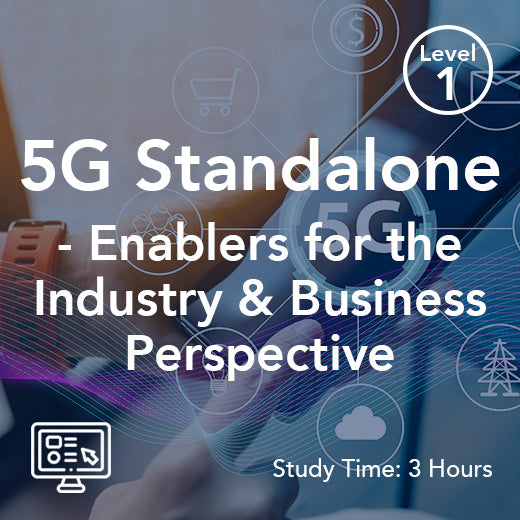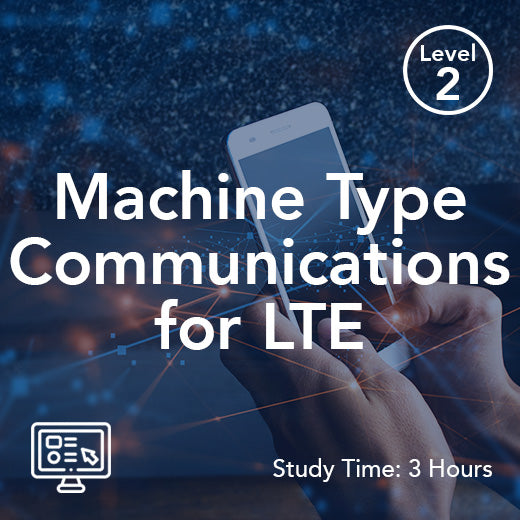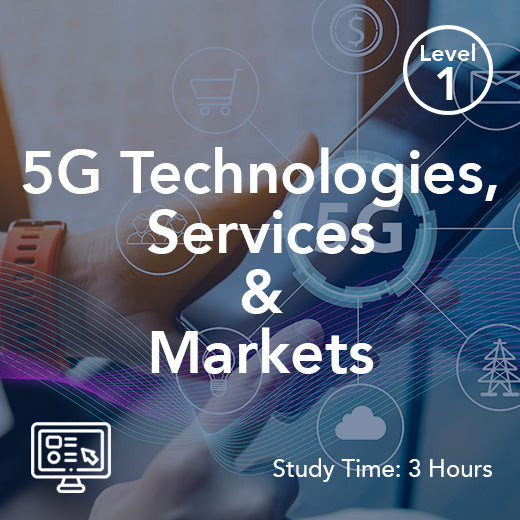What Are The Differences Between 3Gpp Release 16 And 18
- , by Stephanie Burrell
- 4 min reading time
3GPP Release 16 introduced several key features and enhancements to the telecom industry, including improved support for 5G networks, enhanced mobile broadband, and expanded capabilities for Internet of Things (IoT) devices. 3GPP's new releases introduce enhanced capabilities for various industries and improve upon previous cellular technology specifications. Some of the key differences between 3GPP Release 16 and Release 18 include:
-
Network Slicing: Release 16 introduced the concept of network slicing, allowing operators to create multiple virtual networks within a single physical network infrastructure. Release 18 further enhances network slicing capabilities, enabling more efficient resource allocation and improved quality of service for different types of applications.
-
Ultra-Reliable Low Latency Communication (URLLC): Release 16 included initial URLLC capabilities to support mission-critical applications with stringent requirements for reliability and low latency. Recent releases have highlighted advancements in 5G technology development, specifically referencing the latest updates from 3GPP. Release 18 builds upon this by introducing further enhancements to URLLC, such as improved reliability, reduced latency, and increased support for industrial IoT applications.
-
Machine Type Communication (MTC): Release 16 enhanced MTC capabilities to support a larger number of IoT devices and improve power efficiency. New updates, particularly Release 18, build upon and improve the features and capabilities established in earlier versions, such as Releases 16 and 17. Release 18 further optimizes MTC features, enabling more efficient communication between IoT devices and the network, as well as improved support for massive IoT deployments.
-
Security and Privacy: Both Release 16 and Release 18 include enhancements to security and privacy features to protect user data and ensure the integrity of communications. Release 18 introduces additional security mechanisms and protocols to address emerging threats and vulnerabilities in 5G networks.
Overall, 3GPP Release 18 builds upon the foundation laid by Release 16 to further enhance the capabilities of 5G networks, support a wider range of applications and services, and improve the overall user experience. These advancements will continue to drive innovation in the telecom industry and enable new use cases across various sectors.
Introduction to 3GPP Releases
The 3rd Generation Partnership Project (3GPP) is a consortium of telecommunications standards organizations that develops global specifications and standards for 3G and 5G technology. 3GPP releases are a series of standards that define the features and functionalities of 5G networks. Each release builds upon the previous one, introducing new features, enhancements, and improvements to the existing standards. The 3GPP releases are designed to provide a stable platform for developers to implement features, allowing for continuous improvement and enhancement of the 5G standard.
Overview of 3GPP Release 16
3GPP Release 16 is a major release that introduced several notable enhancements to the 5G standard. One of the most significant features of Release 16 is dynamic spectrum sharing (DSS), which allows 5G to share spectrum with existing 4G connectivity. This feature enables operators to deploy 5G services without requiring a dedicated spectrum. Release 16 also introduced network slicing, which enables enterprises to change aspects of their networks over time. Additionally, Release 16 focused on enterprise and business applications, introducing features such as ultra-reliable low latency communication (URLLC) and massive machine-type communications (mMTC).
New Features in 3GPP Release 18
3GPP Release 18 is the latest release, which introduces several new features and enhancements to the 5G standard. One of the most notable enhancements is the introduction of artificial intelligence (AI) and machine learning (ML) capabilities, which will enable networks to optimize performance, mobility, and power usage. Release 18 also introduces new features such as integrated access and backhaul (IAB), which enables the use of the same spectrum for both access and backhaul. Additionally, Release 18 enhances the physical layer, introducing new features such as beamforming and multiple-input multiple-output (MIMO) technologies. These features will improve network performance, increase capacity, and enable new use cases such as extended reality (XR) and ultra-high-definition (UHD) video streaming.
5G Advanced Capabilities
5G Advanced is a term used to describe the next phase of 5G development, which will introduce new capabilities and features beyond the current 5G standard. 5G Advanced will enable new use cases such as smart energy, industrial automation, and remote driving, which require ultra-reliable and low-latency communication. 5G Advanced will also introduce new features such as time-sensitive communication (TSC) and multimedia priority service (MPS), which will enable networks to prioritize traffic and ensure low latency and high throughput. Additionally, 5G Advanced will introduce new radio access technologies (RATs) such as terahertz frequencies and new antenna technologies, which will enable even faster data rates and lower latency.

